Through insight and expertise, INDESIGN Luminary Jefa Greenaway has forged a career highlighting Indigenous perspectives in architecture and design. He’s a powerful force for change and a man to be followed.

Jefa Greenaway at Venice Biennale, photography by Peter Casamento.
January 24th, 2023
Anyone who has ever had the opportunity to talk with Jefa Greenaway knows that he is a special person. As a practitioner, a spokesperson for Indigenous design, an orator and advocate, Greenaway is the total package, wrapped in yellowtrace – architect-style.
As a Wailwan/Kamilaroi man originally from New South Wales, Jefa Greenaway is helping to redefine architecture for all of us, especially the next generation of First Nations architects. Throughout his life, Greenaway has worked hard and stood up for his beliefs. He sees architecture as inherently political: “If we look at architecture and design more broadly, it’s often mediated through a dynamic which means those who have the capacity and the means can realise built form outcomes. Invariably, when we engage with notions of Indigenous design the question then becomes, how do we facilitate true agency? And how do we actually empower Indigenous voice and ensure reciprocity as part of the process of design?”
Design was a part of the young Greenaway’s life and he loved to draw. His mother was a graphic designer and his maternal grandfather a draftsman who always worked with his hands. His father, the late Bert Groves, was a self-taught man of principle, who advocated for Indigenous rights, was a great public speaker and well-respected in the wider community. A plumber by trade, he grew up on Caroona Mission and subsequently visited countless missions and reserves across the State through his work. He died when Greenaway was a baby, but he left a legacy of championing Indigenous rights and was a major voice of his generation. It’s obvious that Greenaway has inherited his father’s attributes.
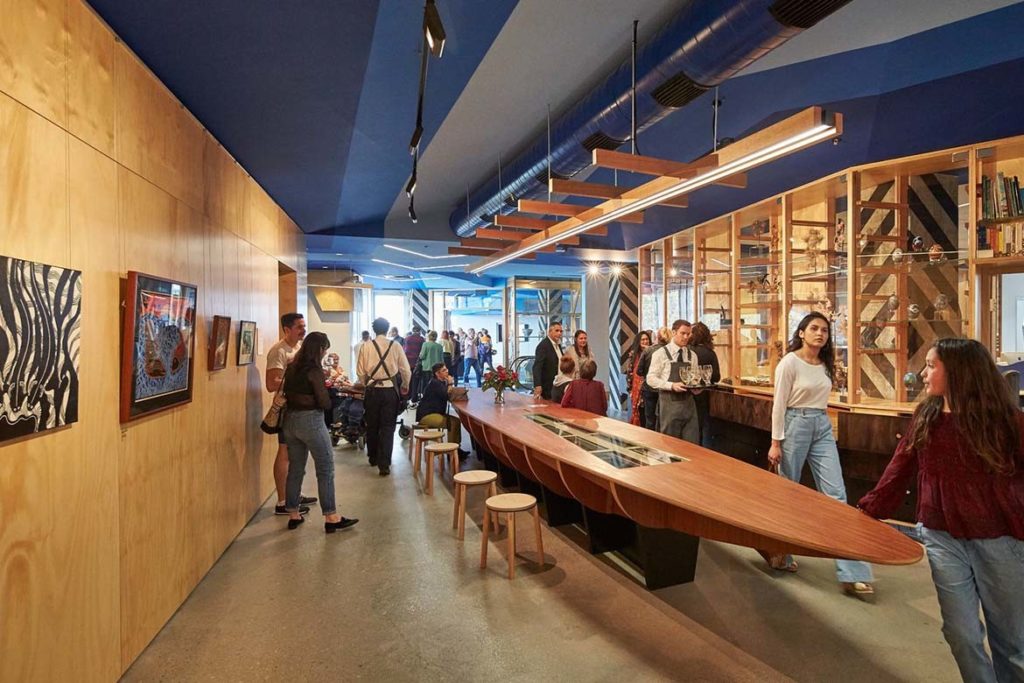
Greenaway’s journey to architecture came by a circuitous route. He commenced a three-year architectural drafting diploma, and in his final year began a Bachelor of Arts in Political Science at La Trobe University. His tutor proved to be an inspiring influence who guided him to architecture through a letter of introduction to the then Dean of Architecture at The University of Melbourne, Professor Evan Walker. The rest, as they say, is history; Greenaway transferred to Melbourne University and continued studying Political Science and an Architecture degree concurrently.
In the 1990s, Greenaway was the only Indigenous student at the architecture faculty at Melbourne University but, to connect culturally, he liaised with students from other disciplines at the Koorie Student Liaison Unit. Being at university is not only about learning but also social networking with a need to connect to the university community, and, over the next six years studying, Greenaway certainly made a place for himself.
In 1998, along with his soon to be wife, Catherine Drosinos, also a gifted architect, Greenaway Architects was established. The impetus came from Catherine to commence the practice but, together, the pair made a name for themselves and projects began. Of course, for Greenaway having one job was not enough, and he began teaching while working in the practice.
Related: A lively and creative dialogue for reconciliation at Melbourne Design Week

Teaching has always run parallel to practice for Greenaway and he sees them as inseparable. The practice is a laboratory for thinking and ideas, while teaching is about knowledge exchange and helps crystallise the thinking of a practitioner. To this end, Greenaway has been integrally involved with curriculum development to help Indigenise design education and embed notions of design equity, particularly through the undergraduate degree, the Bachelor of Design, at The University of Melbourne and more recently as an Honorary Fellow of Design at Deakin University. He is intent on helping to embed Indigenous perspectives, sensibilities and knowledge systems in design education to embrace and normalise First Nation’s thinking.
Meanwhile, Greenaway Architects has changed over the years, from creating bespoke residential projects to large public works, landscape and urban design projects. On the books at the moment are the Marvel Stadium upgrade, a major Court project with Lyons Architects, the North-East Link as well as university projects. The practice provides its expertise through a non-silo-based approach to such projects presenting an Indigenous perspective that is essential to meaningful design outcomes. Greenaway Architects is also a founding signatory for Architects Declare Australia.
Over the past decades Greenaway has been involved with a diverse range of projects and organisations that have propelled Indigenous thinking into the public realm and sustained a First Nation’s voice in the architecture and design community.
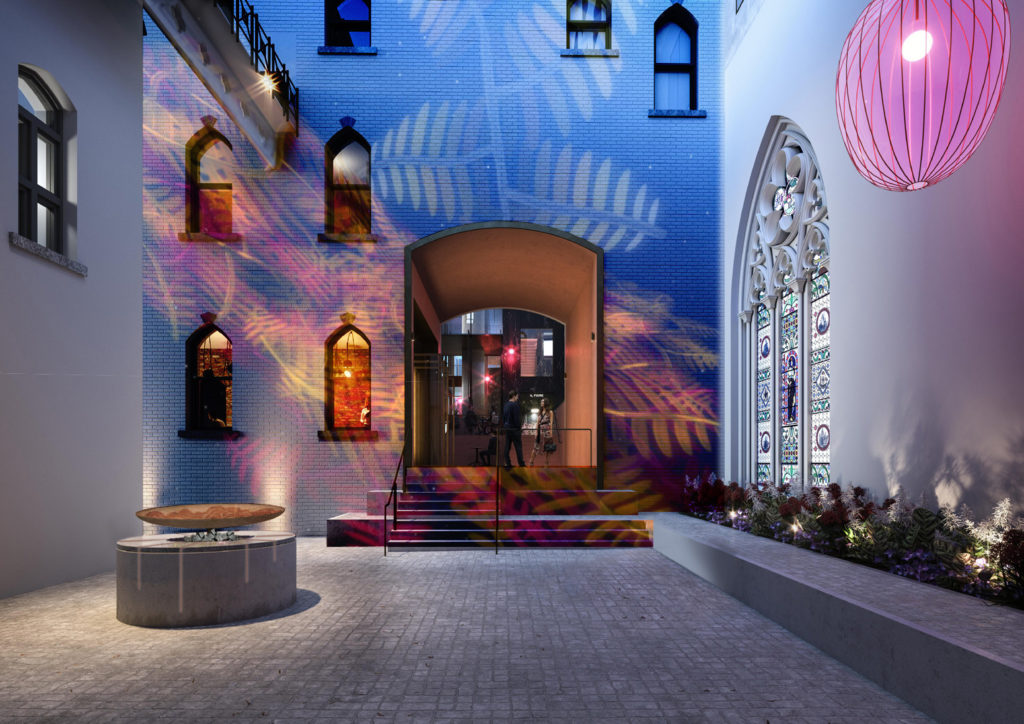
He has twice represented at the Venice Biennale. The first project, Ngarara Place at RMIT was exhibited in 2018 and in 2020/2021, Greenaway and Tristan Wong (SJB) were named creative directors for the Australian Pavilion. He has also been involved with the design of the Koori Heritage Trust in Federation Square, Melbourne and was the recipient of an emerging architectural prize by the Australian Institute of Architects, participating in the 2011 Dulux Study Tour that he credits as a defining professional moment and key turning point.
Greenaway with Rueben Berg, founded Indigenous Architecture + Design Victoria (IADV) in 2010, a not-for-profit organisation to increase engagement between architecture and Indigenous culture and he has co-authored the International Indigenous Design Charter. He is Regional Ambassador (Oceania) of INDIGO (International Indigenous Design Network)and recently Greenaway joined the board of Housing Victoria. In 2020, Greenaway was honoured to be inducted into the Design Institute of Australia’s Hall of Fame, one of a handful of Indigenous designers to receive such an accolade.
Understanding how important mentoring has been to his own journey, Greenaway supports those who ask for his help, whether that is school children discovering architecture, mentoring students or pro bono work.

It’s been a stellar career that makes a difference to our world and at the very heart of everything is Greenaway’s perspective of what architecture should be. Things are changing, more architects see that First Nation’s people have so much to offer through their knowledge and culture and are in fact integral for good design.
“There’s a shift happening. There’s a fundamental change in mindset where Indigenous perspectives and voices are seeking to be heard. I guess the cautionary note is that when we are engaging with Indigenous knowledge, those who are best able to speak to that are Indigenous voices.
“I’m very positive by nature, but I don’t shy away from the fact that there are some serious challenges that we need to confront. There’s a lot more work to do. I have that sense of impatience that we actually need to act now. I think, certainly as it relates to Indigenous design excellence, I’m very hopeful and positive in terms of the outlook because there’s an emerging cohort of Indigenous practitioners who are seeking to have that voice and to contribute into the conversation. We’re also seeing some amazing work that’s being produced by significant and experienced Aboriginal or Torres Strait practitioners like Kevin O’Brien, Dillon Kombumerri Craig Kerslake, Alison Page and Michael Mossman, to name a few.”
Jefa Greenaway has been named an INDESIGN Luminary, and nominated into the 2023 INDE.Awards Luminary. The INDE.Awards Luminary 2023 is proudly partnered by Woven Image.
Greenaway Architects
greenawayarchitects.com.au
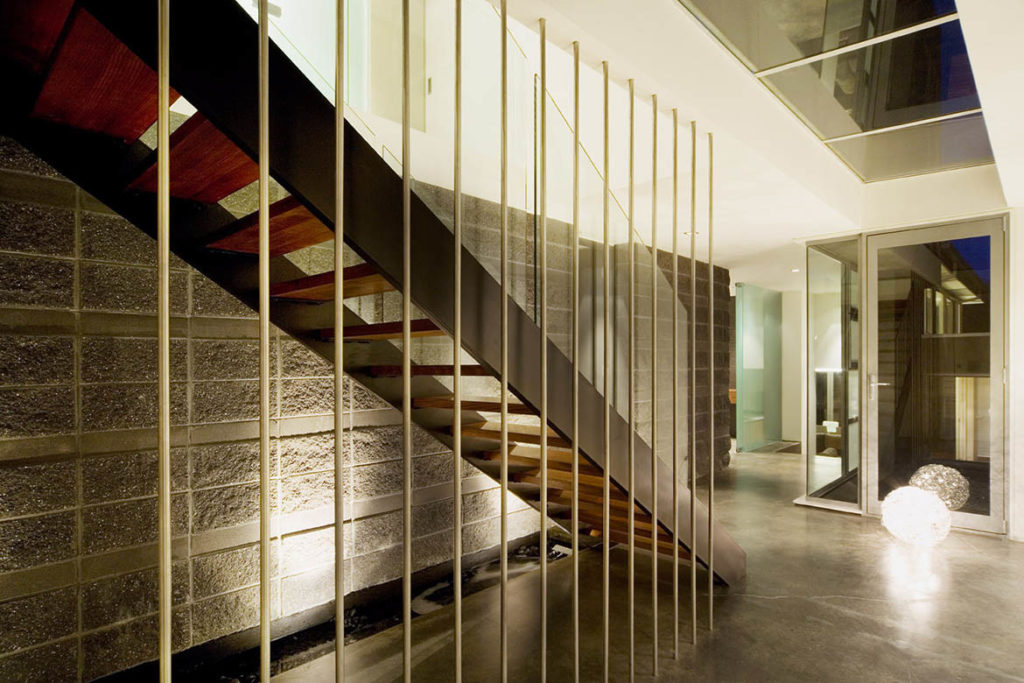

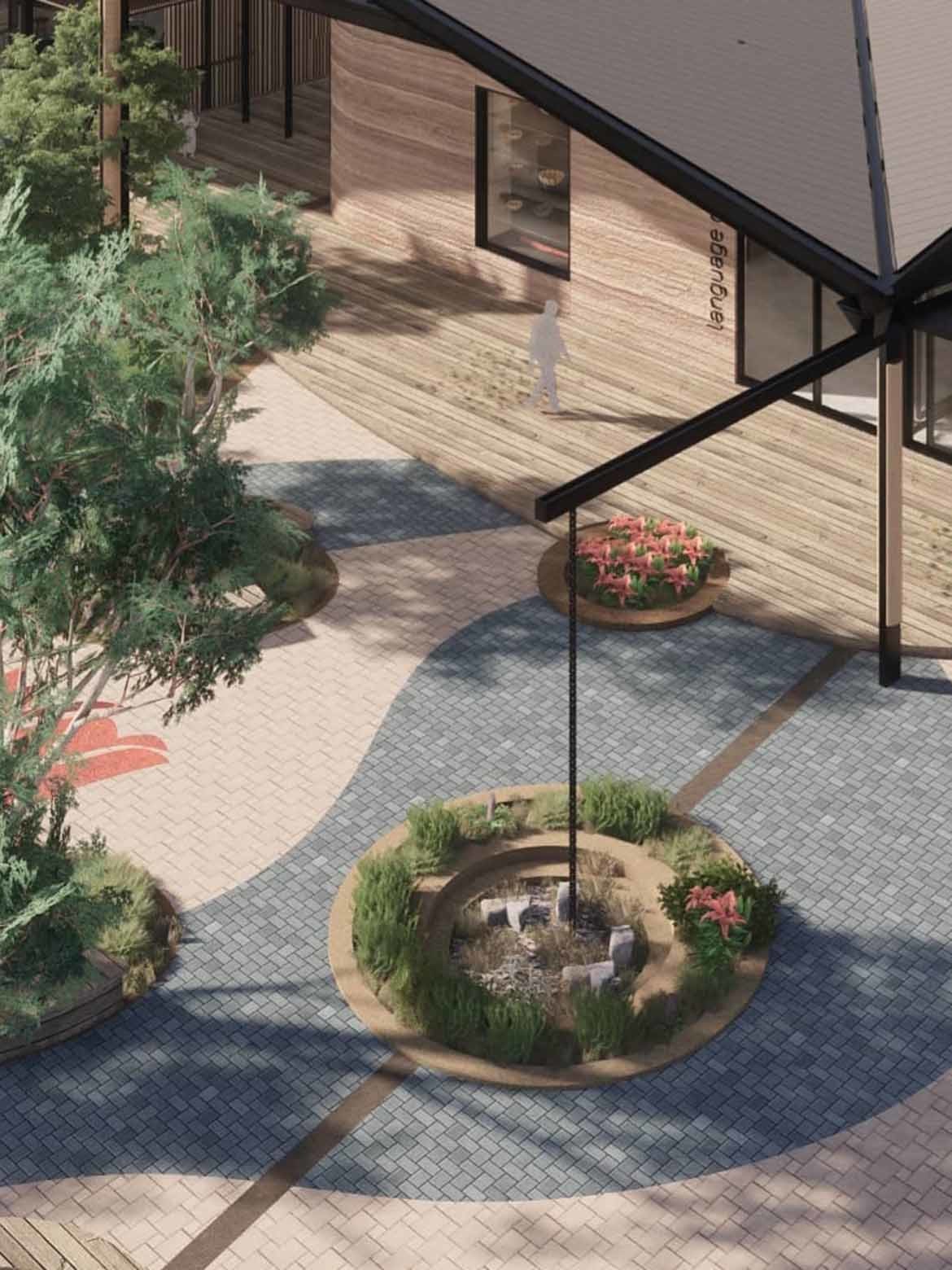



We think you might like this article about INDE Juror and Jasmax principal, Elisapeta Heta.
INDESIGN is on instagram
Follow @indesignlive
A searchable and comprehensive guide for specifying leading products and their suppliers
Keep up to date with the latest and greatest from our industry BFF's!

A curated exhibition in Frederiksstaden captures the spirit of Australian design

London-based design duo Raw Edges have joined forces with Established & Sons and Tongue & Groove to introduce Wall to Wall – a hand-stained, “living collection” that transforms parquet flooring into a canvas of colour, pattern, and possibility.

For Aidan Mawhinney, the secret ingredient to Living Edge’s success “comes down to people, product and place.” As the brand celebrates a significant 25-year milestone, it’s that commitment to authentic, sustainable design – and the people behind it all – that continues to anchor its legacy.
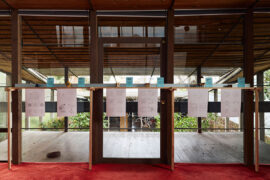
A recent exhibition at the Robin Boyd Foundation in Melbourne invited visitors to think deeply about sheds and what this under-appreciated building typology can teach us about construction and living today.
The internet never sleeps! Here's the stuff you might have missed
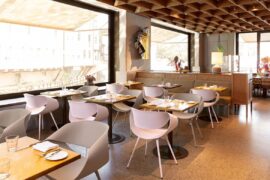
We think of the chair as a ubiquitous object but every now and then there is a design that ticks all the boxes and makes its presence felt on the global stage.

For Aidan Mawhinney, the secret ingredient to Living Edge’s success “comes down to people, product and place.” As the brand celebrates a significant 25-year milestone, it’s that commitment to authentic, sustainable design – and the people behind it all – that continues to anchor its legacy.